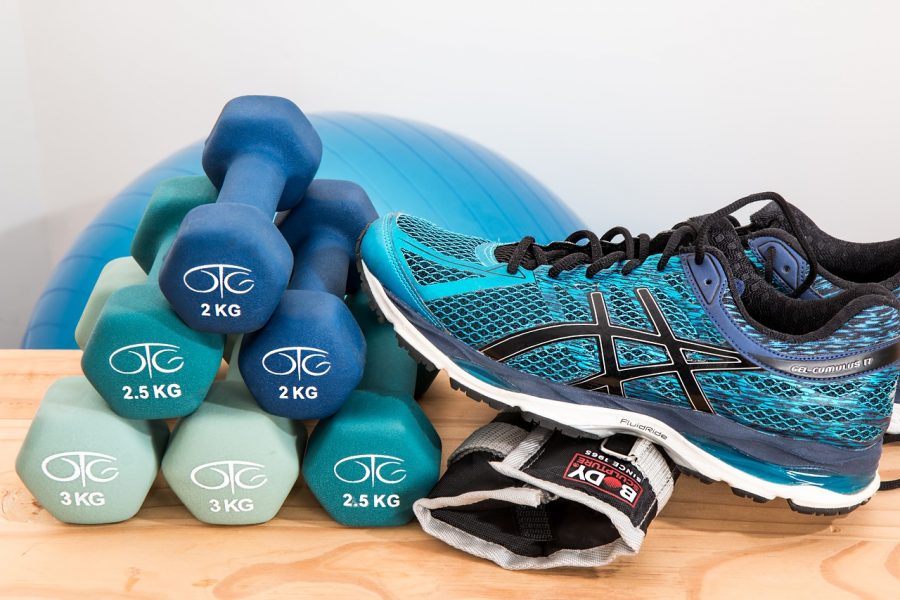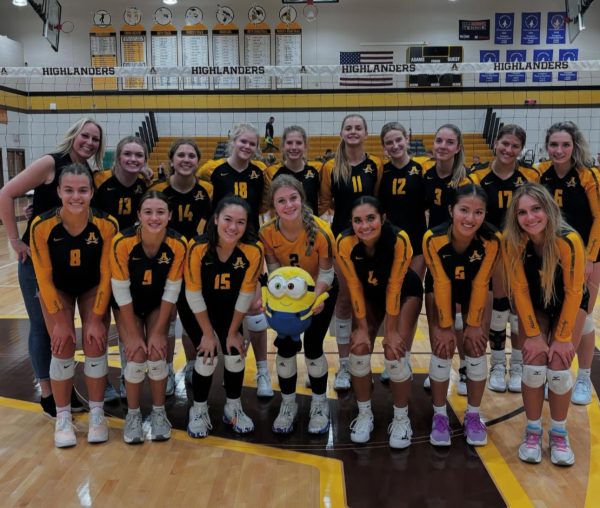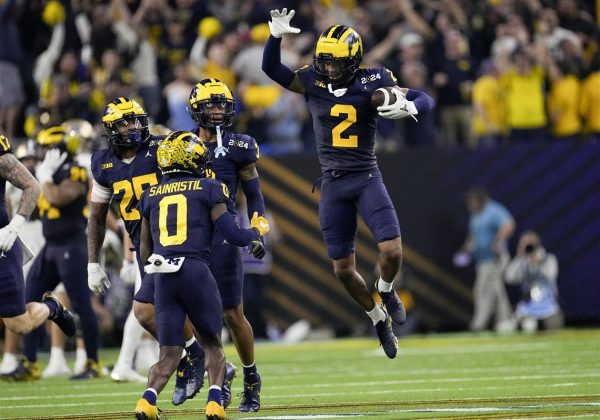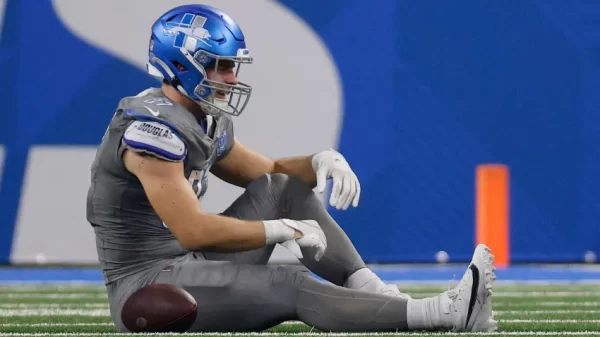Living an Athletic Lifestyle
Whether it is a student or professional athlete, most people involved in sports need to maintain their health before, after, and during their season. In order to do this, most players have to go through intense conditioning, workouts, and diets.
“Physical fitness refers to overall individual physical condition. It is different for each person and can range from extreme illness and near death, to peak performance, like top Olympic and decorated athletes;” according to the article “The Basics of Physical Conditioning” from Ohio University.
There is a fine line between reaching the right amount of physical exercise, and pushing an athlete too far. By maintaining the healthy amount of conditioning, coaches can prepare their players to perform exceptionally during their season; however, the coach must create drills and conditioning suited for the sport and age division. This mentality can be found with all sports. Sports such as football, hockey, tennis, soccer, and even marching band need to maintain their health to perform.
Some advantages of encouraging conditioning and physical training involve more technique, delayed fatigue while playing, quicker recovery for injury, more self-confidence, and overall improved quality of life.
“Eating a good diet can help provide the energy you need to finish a race, or just enjoy a casual sport or activity. You are more likely to be tired and perform poorly during sports when you do not get enough: calories, carbohydrates, fluids, iron, protein, vitamins, and other minerals;” according to MedlinePlus, an organization sponsored by The U.S. National Library of Medicine.
Wrestling is the best example of how student athletes ignore proper nutrition and exercise. Most wrestlers, including high school participants, go through extremes in order to achieve a specific weight class. This method of weight loss is surprisingly encouraged by their coaches.
“We lower how much carbohydrate we have and drink less. If a wrestler is a few pounds overweight, then he has to go through a harder weight-loss process. Cut out carbohydrates and stop drinking the day before a weigh-in,” said junior Kyler O’Grady.
The wrestlers at Rochester Adams also partake in this rigorous weight-loss system in order to cut weight and be in their ideal weight class. This will help them achieve their best success in the sport season. While this may seem common amongst most wrestlers, a few believe that this way of cutting weight is completely unhealthy and choose to avoid it and find new, healthier ways to achieve their desired weight class.
Women’s soccer is another sport found at Adams that involves an extreme workout. Female student participants are expected to begin training in the winter, regardless of the season and tryouts beginning in the spring. They can sign up for a winter “friendly” league at Oakland Yard that allows future Adams players to play against other schools in small scrimmages. Soon after signing up for the league, all girls can participate in a morning workout. This extensive workout lasts two hours and begins at 5:30 in the morning before school every Monday, Wednesday, and Fridays.
“In the first few weeks it’s really hard to get up and go to school that early to workout I’m dead before first hour, but it’s always fun getting to meet the new girls and reconnect with friends that I don’t usually get to see around school. As for the workout, some days are extremely hard with miles of running and other days have just stretches and ab workouts; it depends on what day it is,” said sophomore Ashlyn Koby.
The girl’s soccer team does this pre-season conditioning weeks before tryouts in the spring. The workouts tend to involve a warm up with a light jog and stretching. Later, Varsity Coach Aaron Donaghy, gives detailed instructions about the objective of that particular day. The series of workouts throughout the weeks help push the girls to be in the best shape for the soccer season
While both physical exercise and a healthy diet are extremely important, both concepts go hand-in-hand. The more an athlete exercises, the more he or she has to drink water and replenish afterwards. Exercising too much without a compatible diet can be just as unhealthy as eating an unhealthy diet and exercising too little.
Professional players and student athletes, regardless of age and sport, must maintain a healthy physical routine and diet compatible with one another. Maintaining a positive balance between exercise and eating set the foundation for a healthy lifestyle, and helps individuals excel in their sports and athletic lifestyles.








